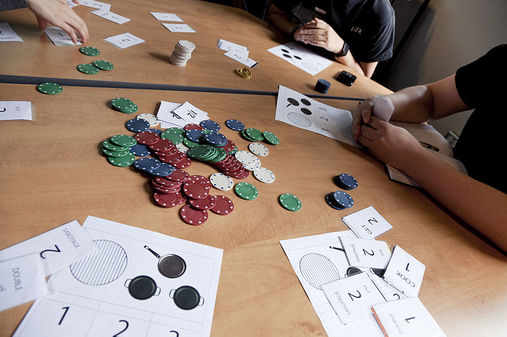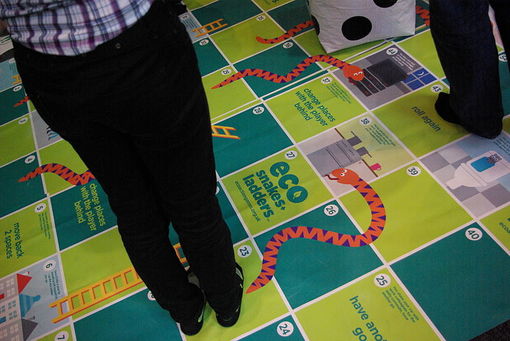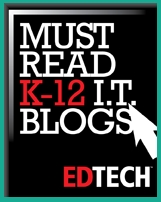
The term “gamification” was coined in 2002, and it is defined as “introducing game elements and mechanics to enhance a product, service, or process”. There is a reason why educators continue to pursue gamification; successful gamification engages the audience — and keeping the attention of over thirty students is no easy task. Here are some of the best and worst attempts at using gamification in education:
Effective Uses of Gamification in the Classroom
Different aspects of the classroom have been reframed into a narrative more befitting a fantastical adventure than a typical lecture: Grades have been replaced with experience points and levels. Students ending the class at level twelve are given an A+, with each level below resulting in a reduction of half a grade. Students create avatars to represent themselves. Students are formed into groups called guilds. Traditional assignments have been replaced with quests, and raids.
This isn’t just word play. This new paradigm for education changes the way students think about school. Here is a video that summarizes the positive effects that these labels can have:
While the unusual labels may capture pupils’ imaginations, the structure of the class has also been modified to improve student engagement. There is an increased freedom in what assignments students can complete, and what order they complete them in. Students in guilds can receive bonus experience points for good teamwork, leading to a sense of camaraderie.
The results are promising: According to Sheldon, the average class grade went from a C to a B. He also reports much better attendance records. This style of teaching clearly resonates with students.
Gamification can guide lesson planning and classroom structure in exciting and productive directions. For example, one high school teacher in Virginia introduced his Social Studies students to key concepts through the video game Civilization IV. In this game, there are multiple ways to win: warfare, technological superiority, social policies, or diplomacy. Governments interact with each other in complex, realistic ways — making it a great tool to explore how international disputes can be formed and resolved.
Eventually, each class was separated into its own governing body representing a different U.S. state. An alternate version of American history ensued: Classmates voted on important issues, and the fate of the nation was determined through interactions between the “states”. Students enacted change through laws. In some cases, classmates’ votes were divided, which led to stalled legislation. Elections were held. Some states seceded. The fate of the nation was decided by the actions of these “governments.”
Obviously, the fiction spun by these classes is not central to the subject matter. However, the narrative offers opportunities to teach about legal processes and social issues in a context that students will care about. Students were enthusiastic about classwork. In a survey that the teacher later conducted, 80% of his students reported that they wanted the “game” to continue. The teacher reported that this method was highly successful at helping students retain key concepts.
Ineffective Uses of Gamification in the Classroom
There are a number of problems with these programs. A learning strategy like this can fail, since the desire for the rewards within the game can supplant the desire to learn. Rather than reading out of curiosity, the ultimate goal of reading is to attend pizza parties and bedeck virtual avatars with accessories. While proponents of gamification praise games for motivating learners through intrinsic motivation, reading incentive programs actually use extrinsic motivators. Badges, achievements, and experience points can become more important to students than the learning process.
Book selection for students is drastically reduced when using such software. Since quizzes need to made for each book in these programs, there are a limited number of books that qualify. Students will be forced to choose a book that is supported by the program. Furthermore, students will be encouraged to avoid books with low point values, which they might otherwise be interested in reading. In order to successfully participate in a reading incentive program, students will have dramatically reduced reading options.
In this case, gamification only serves to distract and hinder learning. It reduces learning to rote memorization, and limits options. Under this model, students become superficially interested in reading; they will modify their reading habits to accrue points for prizes. It is fine to use points and badges in the classroom, but they should not be the ultimate motivator.
This is not an effective attempt at gamification for multiple reasons. For one, students who do not already know the answers cannot learn the answers during the game. It is not interactive, nor does it actively teach students anything. The nature of the game only keeps one student engaged at any given time, since participants must take turns.
This type of review is also superficial. Dr. Audrey Beardsley from Arizona State University, a college renowned for innovation, states that this type of game makes students “experts at answering test questions without entirely understanding the concepts justifying their answers.” Superficial learning is not the desired outcome of any attempt at gamification.
Looking Ahead
There are several new methods and technologies on the horizon that may prove effective. More schools are adopting BYOD (Bring Your Own Device) policies as a way of increasing access to technology in the classroom. Virtual reality will give students opportunities to explore subjects in new ways. If educators continue to keep their minds open to new ways of engaging students, then gamification will continue to have a profound impact.
----------
About the author:
Bob Hand is a blogger from Boise, ID. He studied English with an emphasis on Secondary Education at the University of South Carolina, and continues to keep a pulse on current issues in education. His hobbies include reading and collecting vinyl records. You can follow him on Twitter @bob_hand567.














